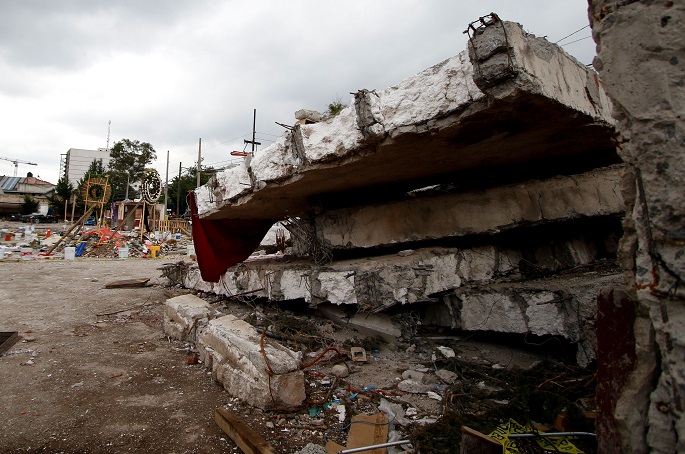Database of quakes possibly triggered by human activity is growing
Published : 02 Oct 2017, 01:28
The Human-Induced Earthquake Database (HiQuake), the world's most complete database of earthquake sequences proposed to have been triggered by human activity, is growing, according to a new report, published October in the journal Seismological Research Letters.
Out of the 730 cases of induced earthquake sequences, mining projects by far dominated the picture with about 37 percent of the earthquake sequences tied to mining processes. After mining, the next most common source of induced earthquakes, making up about 23 percent, is water impounded behind dams.
However, unconventional oil and gas extraction projects using hydraulic fracturing, are now a frequent addition to the database.
"Any successful hydraulic fracturing operation induces microseismicity because the rock is fractured. The number of hydraulically fractured boreholes has increased in recent years, so there is obviously going to be a trend between the number of successfully hydraulically fractured boreholes and the amount of associated microseismicity," Miles Wilson, a geophysicist at Durham University working on the HiQuake research effort, said in a statement.
"The more important trend is that between hydraulically fractured boreholes and unusually large earthquakes, most likely related to the reactivation of pre-existing geological faults," said Wilson.
Other human activities related to unconventional extraction contribute to induced earthquakes as well. "The most obvious induced seismicity trend in HiQuake is the recent increase in the number of waste-fluid disposal projects reported to have induced earthquakes. This increase is consistent with increased waste-fluid disposal activities in the USA," said Wilson.
How many earthquakes have human processes induced? Just in the United States, the number of earthquakes per year in the center of the country has jumped dramatically since the early 2000s, according to the American Geophysical Union.
According to the U.S. Geological Survey (USGS), each year between 1973 and 2008, the central United States experienced about 21 earthquakes of magnitude 3 or higher. This number grew to almost 100 per year between 2009 and 2013. In 2014 alone, the region experienced more than 400 earthquakes.
The largest proposed induced earthquake was the 2008 magnitude 7.9 Wenchuan earthquake that occurred in China in response to the impoundment of the Zipingpu Reservoir only a few kilometers away from the mainshock epicenter, according to the new report.
However, as other evidence pointed the other way around, scientists have said that any firm conclusion about the massive earthquake was premature.
Human activities that act on the crust are likely to multiply in the future, as projects to tap into geothermal sources of energy and to store carbon dioxide emissions become more widespread, scientist says.
"Additionally, mines may become larger, deeper, and more extensive, surface water reservoir impoundments more common, and buildings on larger scales could be built to meet a growing world population and resource demand," said Wilson. "Perhaps one day a balance will need to be struck between earthquake hazard and resource demand."


